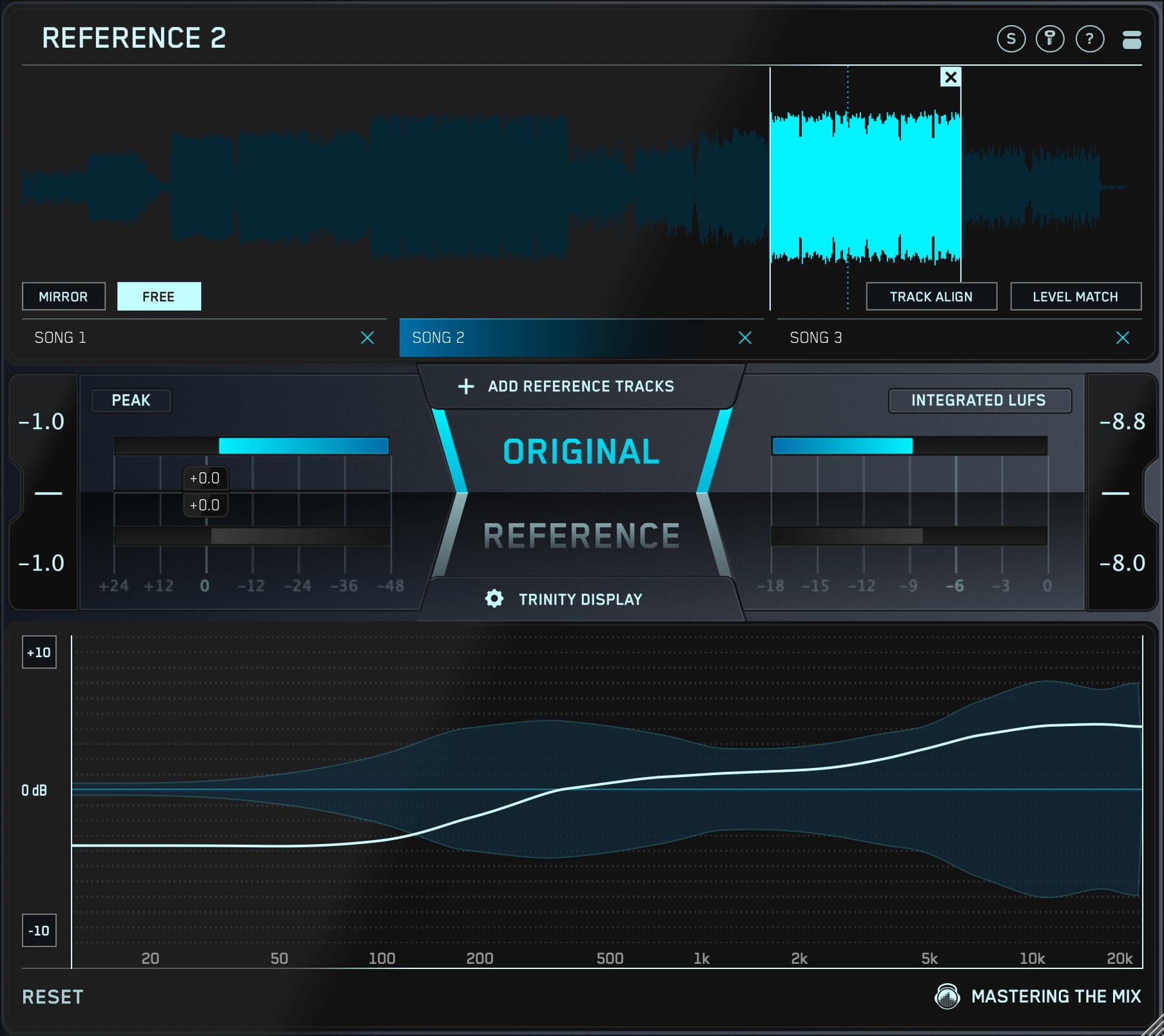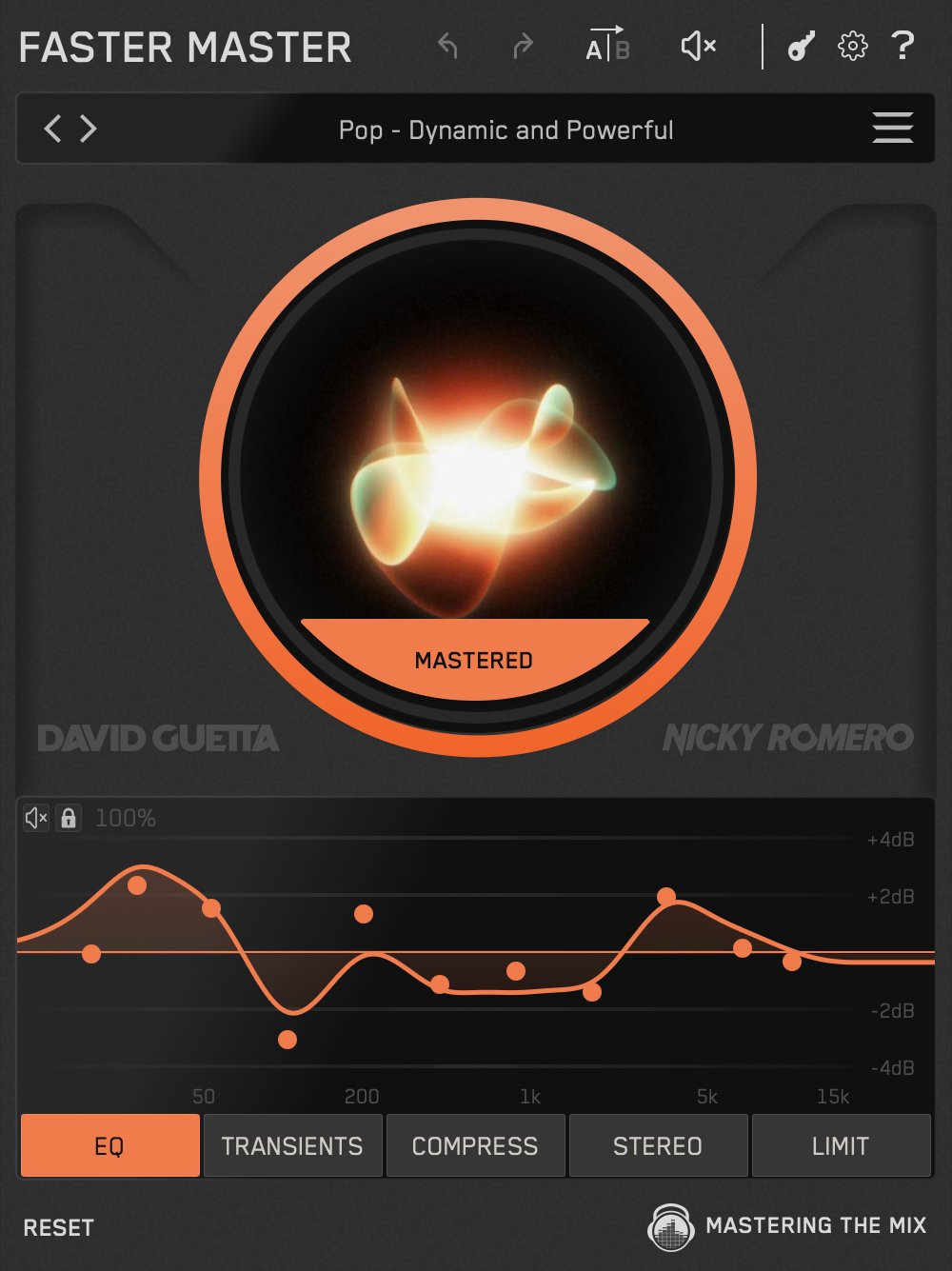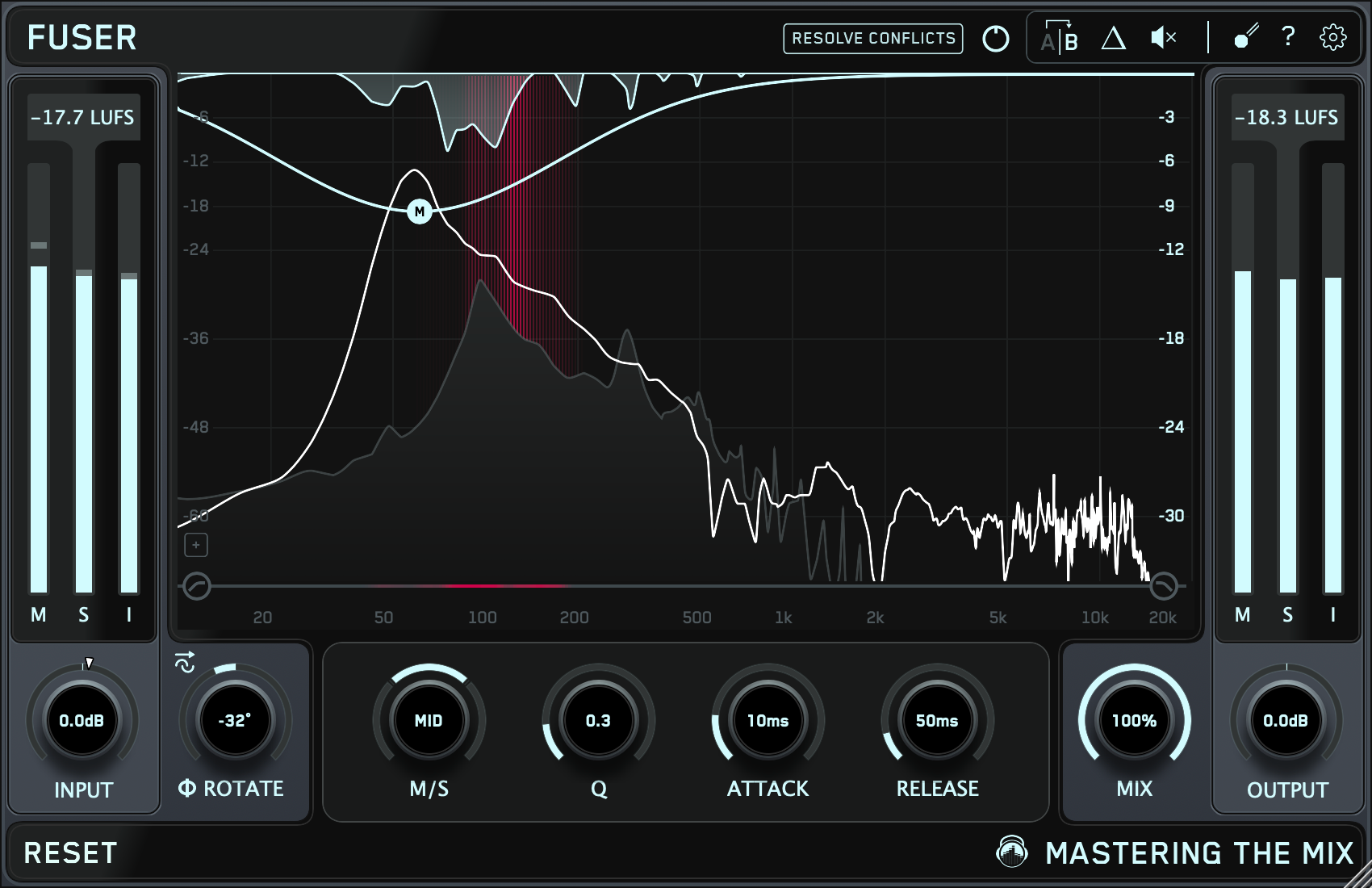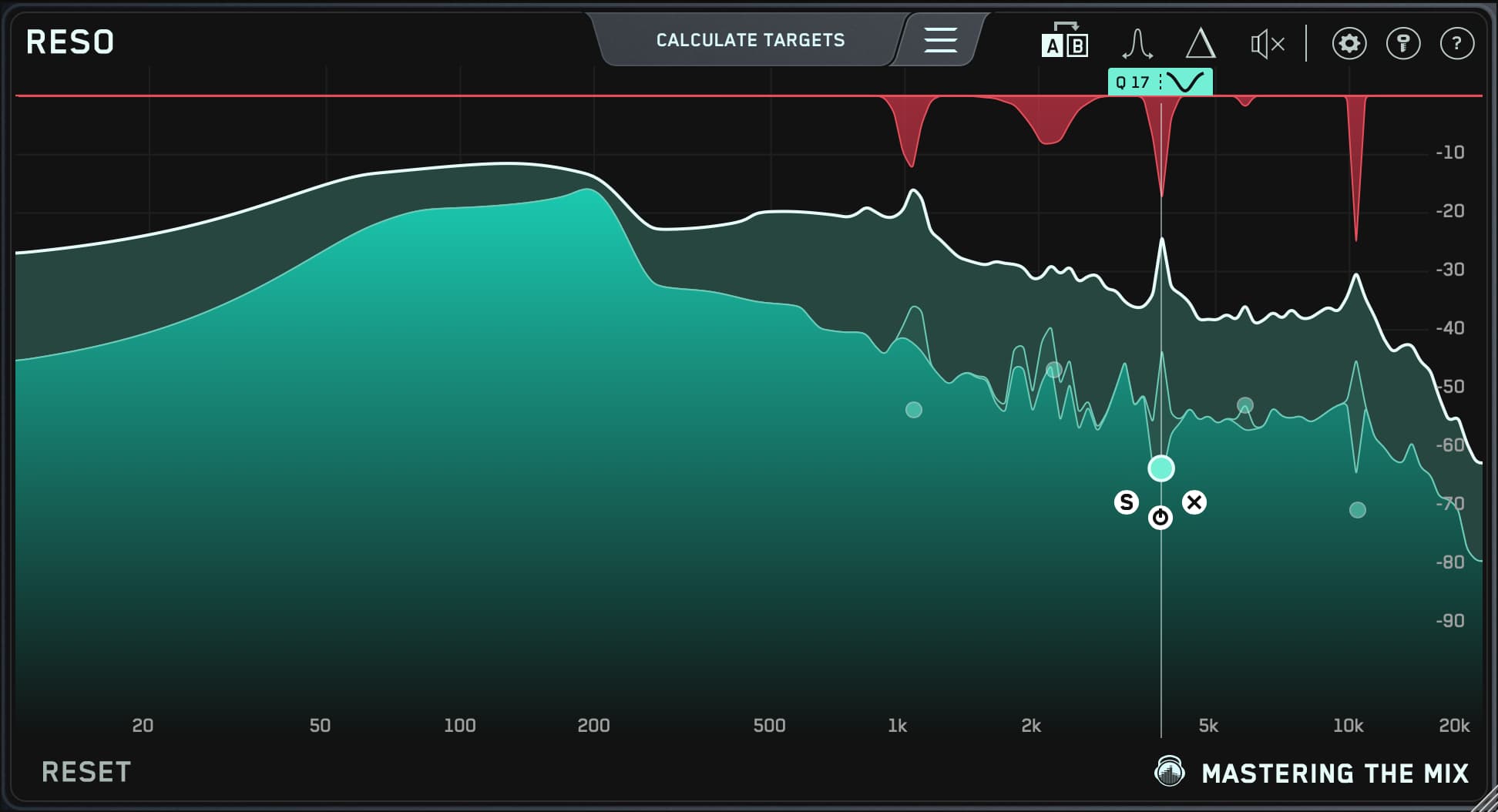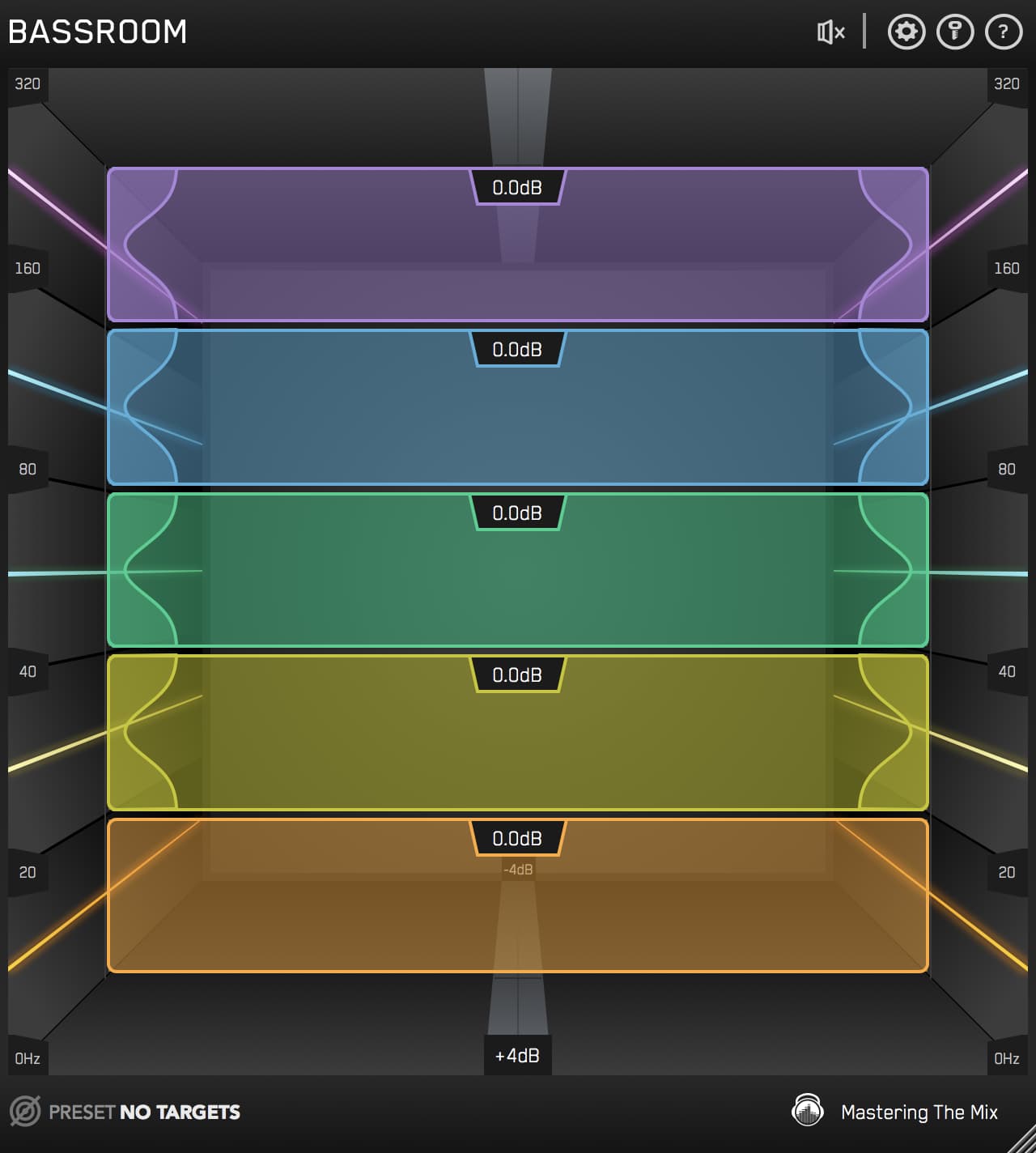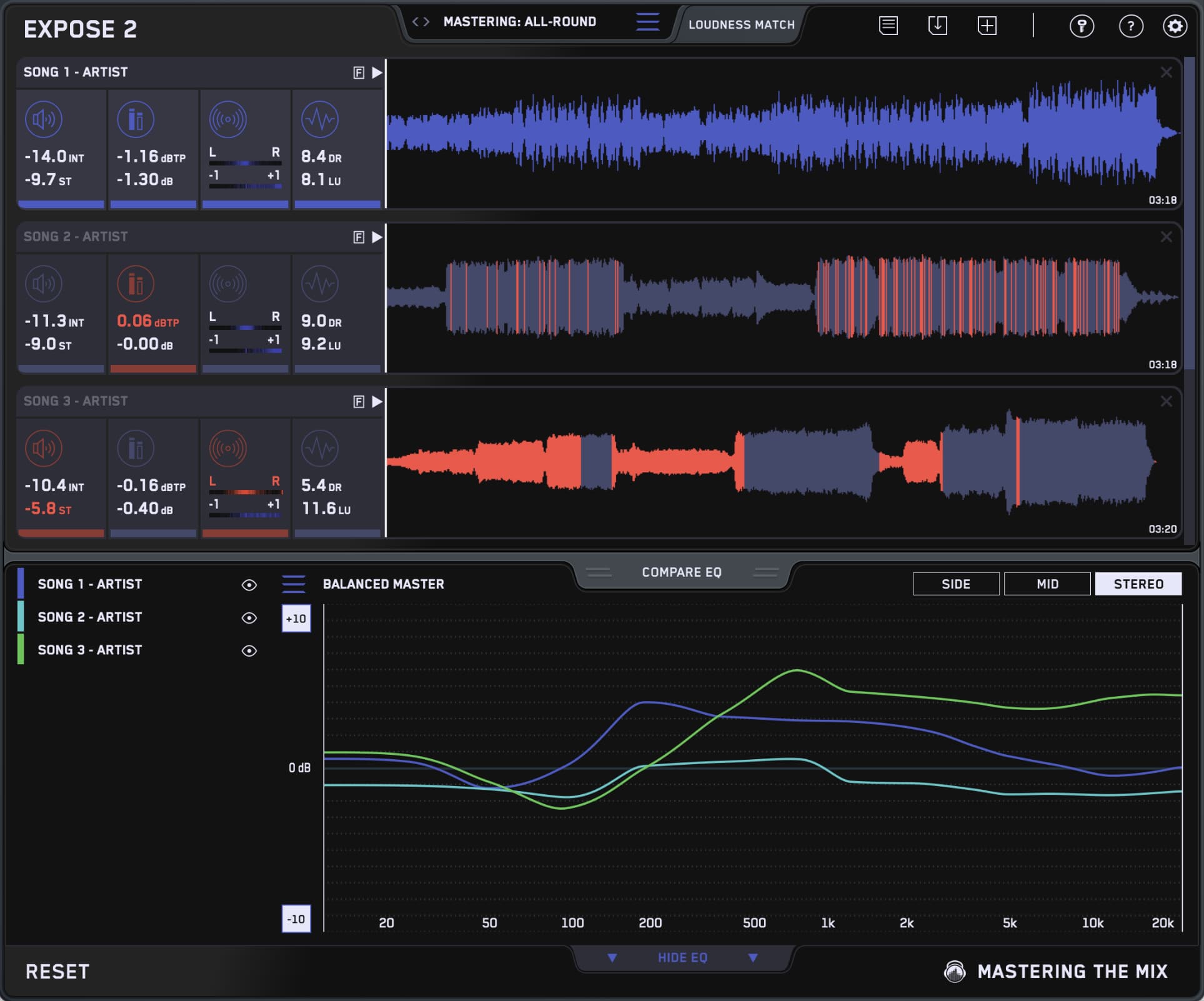Nailing the stereo width in your mix can be the difference between a flat, lifeless track and one that explodes from the speakers with depth and clarity. But get it wrong, and your mix could fall apart in mono, feel hollow, or sound plain amateur.
In this post, we’re breaking down the three biggest width mistakes that wreck mixes—and exactly how to avoid them. You’ll learn how to create contrast, maintain mono compatibility, and shape your stereo image like a pro.
Whether you’re mixing vocals, synths, or the full track, this guide gives you practical, actionable tips to get your music sounding wider, cleaner, and more powerful than ever.

Mistake #1: Making Everything Wide
It’s tempting to crank everything wide in your mix—after all, wide equals big, right? Not quite. When every element is spread across the stereo field, your mix quickly loses focus. The result? A hollow, washed-out sound with no center or punch. What makes wide elements feel impactful is contrast. And you can’t have contrast if everything is maxed out to the edges.
Think of your mix like a stage: the kick, snare, bass, and lead vocal should command the center. These are your anchors. Panning guitars, synths, FX, and backing vocals out to the sides creates space and depth around them. The more intentional you are with stereo placement, the more clarity and power you’ll achieve.
To find that sweet spot, use a trusted reference track. Load up REFERENCE on your master bus and drop in a professionally mixed song in your genre. The stereo width display in REFERENCE will show you exactly how your mix stacks up. Use this to guide your panning and processing decisions so you’re not guessing—you’re dialing in a proven sound.
Takeaway: Wide elements shine best when they’re supporting a strong, centered core. Don’t go wide for the sake of it. Go wide with purpose, and your mix will instantly feel more controlled and professional.

(This is an image representing the stereo image of Closer - Chainsmokers ft. Halsey. Note the kick and bass are more mono and the lead synth is super wide).
Mistake #2: Phase Problems from Poor Widening Techniques
Nothing kills a mix faster than phase issues. You widen a sound to make it feel larger than life—only to find it disappears when played in mono or sounds weirdly hollow in stereo. Classic stereo widening tricks like duplicating and panning tracks with slight delays, or using stereo enhancers without checking mono compatibility, can easily introduce destructive phase cancellations.
The problem is, most producers don’t realize it until it's too late. Your synths feel ghostly, your guitars vanish, and your vocal starts losing definition. The good news? Phase issues are fixable—if you know where to look.
This is where FUSER becomes your best friend. It intelligently identifies and resolves stereo conflicts that create phase problems. Whether it’s kick and bass, overlapping synth layers, or clashing guitars, FUSER helps you clean things up by optimizing volume balance, improving phase alignment, and even offering transparent mid-side sidechain ducking. The Phase Analyze feature ensures your layered elements work together, not against each other.
To keep things tight, always check your mix in mono. If key parts drop out or sound thin, you’ve got a phase problem. Tools like LEVELS and FUSER make it easy to identify and correct these issues before they wreck your mix.
Takeaway: Stereo width means nothing if your mix falls apart in mono. Avoid quick-fix widening tricks and use smarter tools to keep your mix wide, clean, and rock solid—on any playback system.

Mistake #3: Ignoring Frequency-Based Width Control
Not all frequencies are built to live wide—and treating them like they are can lead to a smeary, unfocused mess. One of the most common mistakes producers make is spreading the entire frequency spectrum equally across the stereo field. That’s a fast track to a mix with a weak low-end, cluttered mids, and a disjointed top-end.
In our plugin LEVELS, you can filter the frequencies, then view the vectorscope to see if there are any issues. Grab the free trial of LEVELS and our other plugins here.

Let’s talk low-end. Making the sub-bass and kick fully mono is a safe, tried-and-true approach—but that doesn’t mean your entire low-frequency range has to be locked dead center. In fact, a bit of width in the upper low-end (think 100–200Hz) can add warmth and dimension. The key is to keep the sub (under ~100Hz) controlled and mostly mono, while allowing some tasteful spread above that to support your mix’s vibe—just don’t let it get too loose or unfocused.
The stereo field analyzer in REFERENCE is a great tool to dial this in. It shows you exactly how the stereo width behaves across the frequency spectrum in both your mix and your reference track. If you see your low-end spilling wide while your reference stays tighter, it’s a cue to rein it in. If your highs feel too narrow in comparison, it might be time to spread them out for more air and space.

Takeaway: Super wide low-end can cause more problems than it solves—but you don’t have to go full mono either. Shape your width by frequency to strike the perfect balance between focus and spaciousness.
Bonus Tips: Tools and Workflow That Help
Avoiding width mistakes is half the battle—now let’s talk about building a workflow that helps you get it right from the start. The key? Regular checks, smart tools, and a mindset focused on intentionality over habit.
First, make mono your best friend. Regularly hitting that mono button during mixing reveals phase issues and keeps you honest about what really holds up. LEVELS makes this easy, giving you instant feedback on mono compatibility, stereo spread, peak levels, and more. If your mix still hits hard in mono, it’s going to slam in stereo.
Use mid/side EQ like in MIXROOM to shape specific parts of your mix without affecting the whole stereo field. For example, boosting the side channel only in the upper mids can give your synths a wider feel without touching the core vocal in the center. And don’t forget about panning—it's still one of the most powerful and underused stereo tools. Create movement by automating panning on FX or delays to build dynamic interest over time.

Finally, always keep a reference track on hand. Whether you're checking frequency balance, punch, or stereo width, a well-mixed commercial track keeps your ears grounded and your decisions informed. REFERENCE lets you A/B in seconds with loudness matching, visual analysis, and clarity you can trust.
The real power comes from combining these techniques—small, consistent habits that lead to pro-level width, every time.

Conclusion: The Right Width = Professional Sound
Stereo width can either elevate your track to professional heights—or drag it down into amateur territory. It’s not about going as wide as possible. It’s about using width with intention, balancing the center with the sides, and avoiding the traps that cause phase issues, low-end blur, and washed-out mixes.
By steering clear of these three common mistakes—making everything wide, creating phase problems, and ignoring frequency-based width—you’ll unlock more clarity, punch, and emotional impact in your music. Your mixes will sound more controlled, more powerful, and more ready for release.
Want to experience that pro-level width for yourself? Download the free trials of FUSER and REFERENCE to take your stereo image to the next level. And if you’re hungry for more tips like these, sign up for the Mastering The Mix newsletter—we’ve got your back on your journey to better sounding music.


